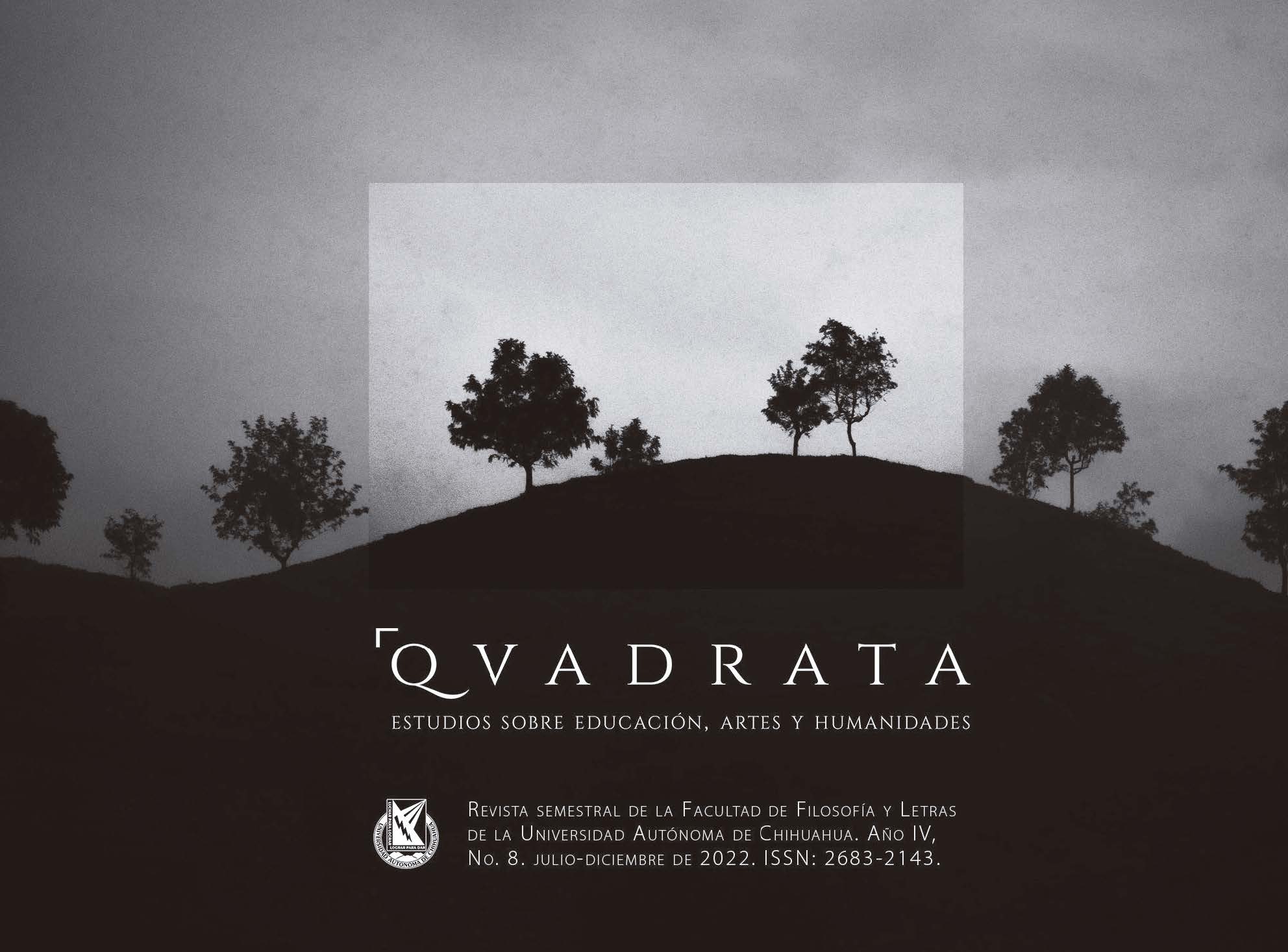Historical transit of disability: From clowns, deformed and buffoons to worthy humans
DOI:
https://doi.org/10.54167/qvadrata.v4i8.1009Keywords:
Disabilities, Historical transit, Otherness, Education, BuffoonsAbstract
The main assumption of the research is that the past, exercises binding force with subjects who present physical and intellectual characteristics different from the bulk of the population today, and that in that level becomes a past of multiple senses: “The past belongs irreversibly to the previous time, belonged to the events of then, and may yet be now” (Heidegger, 1951, p. 409). Under this guideline, the journey that is part of the year 1800, specifically with physically and intellectually different people who were subject to the rules of Spanish society, which since then assigned them derogatory terms. The problem in research is that it is to solve, or to find out (Sánchez, 1993). In this sense, it is intended to answer the question: How is the historical construction of negative distinction towards people with different physical and intellectual characteristics presented? The question of reality is approached methodologically under the qualitative perspective, with special importance in the contributions that contributed to the construction of a logical narrative, on the derogatory designation of the other at the physical and/or intellectual level that is just the main finding that is reproduced today
References
Castell, M. (2001). La era de la información: economía, sociedad y cultura. Siglo XXI.
Durkheim, E. (2013). Educación y sociología. Colofón.
Foucault, M. (1967). Historia de la locura en la época Clásica. I. FCE.
García, I. (2000). La integración educativa en el aula regular. México: SEP.
Gómez, A. (5 de Mayo de 2019). La historia del bufón medieval. Obtenido de Recreación de la historia : https://recreacionhistoria.com/la-historia-del-bufon-medieval/
Jiménez, M. (2008). Aproximaciones teóricas de la exclusión social. Complejidad e imprecisión del término. Consecuencias para el ámbito educativo. Estudios pedagógicos, 133-186.
Karsz, S. (2000). La exclusión. Bordeando sus fronteras. Gedisa.
López, M. (31 de Mayo de 2022). Armada.defensa.gob.es. Obtenido de Armada. defensa.gob.es:https://armada.defensa.gob.es/archivo/mardigitalrevistas/cuadernosihcn/04cuaderno/07politicasociedad.pdf
Marchesi, Á. (1992). Necesidades educativas especiales y aprendizaje escolar. Alianza.
Noriega, M. (2000). Las Reformas y procesos internacionales. México: Plaza y Valdéz.
Padilla. (2011). Representaciones de la infancia "anormal" y prácticas educativas de la educación especial en México (1890-1914). En Alvarado, Grupos marginados de la educación (págs. 220-269). iisue educación.
Rivas, P. (2006). La integración escolar y la inclusión social: Una relación asimétrica. Educere, 361-367.
Rodríguez, J. (2011). Democracia, educación y no discriminación. Cal y Arena.
SEP. (1994). Proyecto General para la Educación Especial en México. Colección de Cuadernos de Integración Educativa. México: SEP.
Tzvetan, T. (2009). Nosotros y los otros. Siglo XXI.
Valadéz, M. (2006). Alumnos superdotados y talentosos. identificación, evaluación e intervención. Manual Moderno.





 QVADRATA. Estudios sobre Educación, Artes y Humanidades año V, número 9, enero-junio de 2023, es una publicación semestral editada por la Universidad Autónoma de Chihuahua. Calle Escorza #900. C.P. 31000, Chihuahua, Chih. Tel. (614) 439-1500 ext. 3844,
QVADRATA. Estudios sobre Educación, Artes y Humanidades año V, número 9, enero-junio de 2023, es una publicación semestral editada por la Universidad Autónoma de Chihuahua. Calle Escorza #900. C.P. 31000, Chihuahua, Chih. Tel. (614) 439-1500 ext. 3844, 
